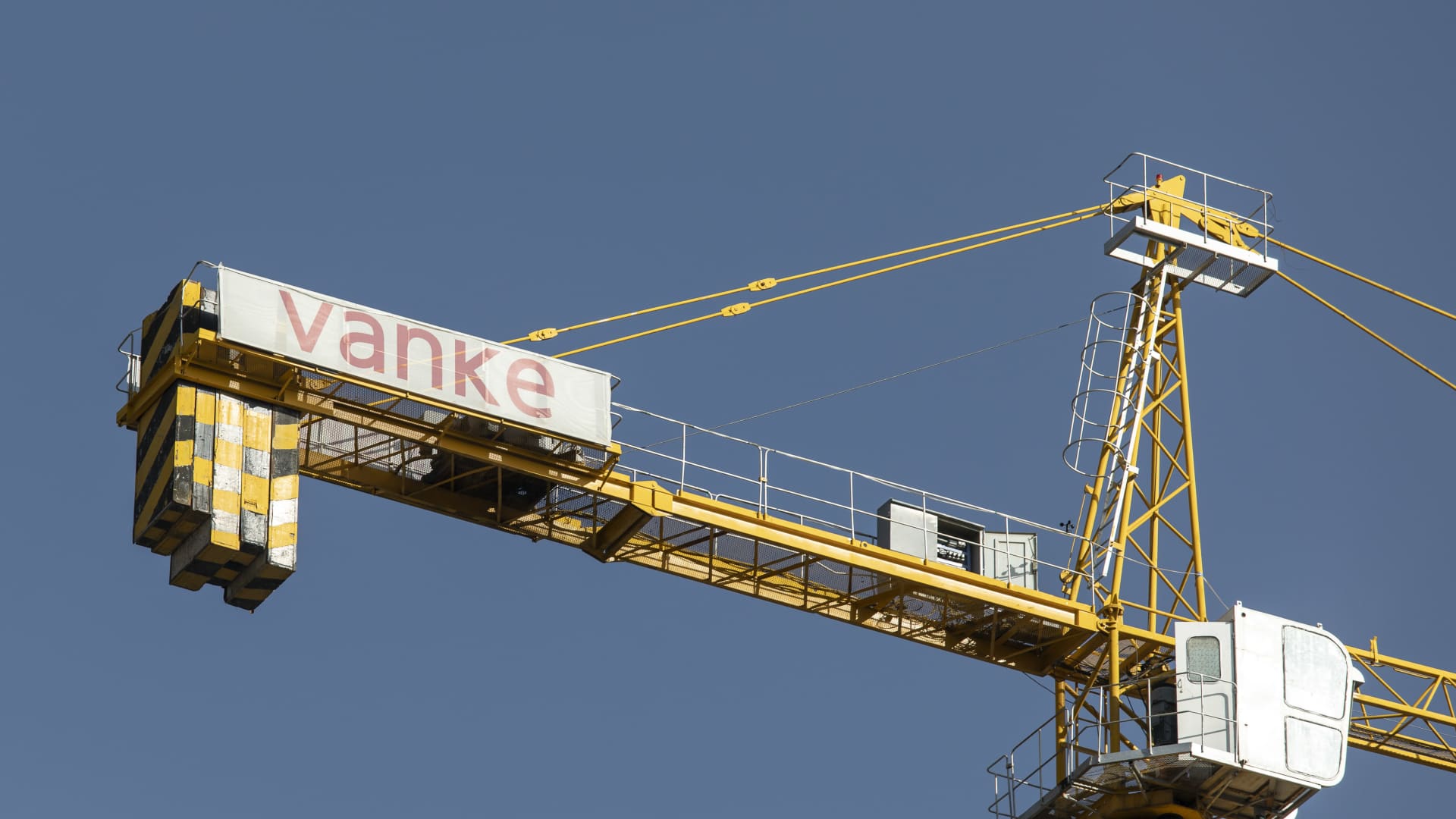Big landlords jump into the homebuilding business as demand for single-family rentals surges
As demand for single-family rental homes surges, big landlords are jumping into the homebuilding business to shore up falling supplies.
The push comes as more Americans have the flexibility to work from anywhere and are looking for larger spaces with outdoor areas.
“This market is very undersupplied. There are not enough quality homes for the number of American families,” said David Singelyn, CEO of American Homes 4 Rent, which has built more than 100 rental-only communities in the last five years.
According to the National Association of Home Builders, there were 13,000 new single-family homes started as rentals in the first quarter of this year, up 63% from a year ago. Homes-built-for-rent still represent just 5% of the home building market, but that’s up from the 2.7% historical average, according to the association.
In Mooresville, North Carolina – about 30 miles north of Charlotte – American Homes 4 Rent’s newest development includes more than 220 rental homes with access to amenities including a pool and fitness centers. Landscaping and maintenance is included in the rent.
Jake and Stephanie Murphy, who’ve been able to work remotely since the pandemic, are among those who relocated to the community after selling their home in California. They could afford to buy, but opted to rent a four-bedroom home for their family for $2,400 a month.
“We’re just not sure if the housing prices will really stay where they are currently. So we didn’t want to buy at the peak and then have them go down in a couple of years,” said Stephanie Murphy, who is 29.
The Murphys also said they liked the flexibility of renting as they learn about a new area.
The number of rentals is now falling slightly, as some smaller landlords sell their homes at the top of this pricey market. But Singelyn expects to keep building homes for rent over the next few years based on the strengthening demand he said he’s seeing.
“How many inquiries are we getting? How many showings? How many applications are we getting on every available home? It’s two to three times greater today than it was two years ago before the pandemic,” Singelyn said.
Other companies investing in the build-for-rent market include Lennar, DR Horton, Taylor Morrison and Toll Brothers. Invitation Homes, the largest publicly traded landlord, last year went into a joint venture with homebuilder Pulte Homes to build more rental homes.
Investment in single-family rentals – both buying older homes and building new ones – has grown dramatically. The sector saw investments of about $3 billion in 2020, according to John Burns Real Estate Consulting. In 2021, the figure surged to $30 billion. It’s expected to reach $50 billion this year as larger institutional investors, homebuilders, and landlord rush into the market.
Like most big landlords, American Homes 4 Rent got into the business during the Great Recession when millions of homes went into foreclosure. The company snapped up cheap, distressed properties, often on the auction block, and turned them into lucrative rentals.
There were 11.6 million single-family rental households in 2006, at the last housing peak. That figure rose to 15.5 million in 2014 after the housing market crashed, according to John Burns Real Estate Consulting.
But the growing demand and tightening supply also mean homes-for-rent are getting less affordable. Nationwide, single-family rents are up more than 13% at from a year ago, according to CoreLogic.
“A shortage of single-family properties available for rent has plagued the market, pushing rents up at record-level rates,” said Molly Boesel, principal economist at CoreLogic. She noted the the number of single-family rental properties listed early this year was well below pre-pandemic levels.
Back in Mooresville, North Carolina the Murphys are watching how the market plays out. But Jake Murphy said he doesn’t believe homeownership is part of the American Dream, and is enjoying renting for now.
“I’m excited because you look around the neighborhood, there’s like Texas license plates and New York, and then we have California,” he said.








